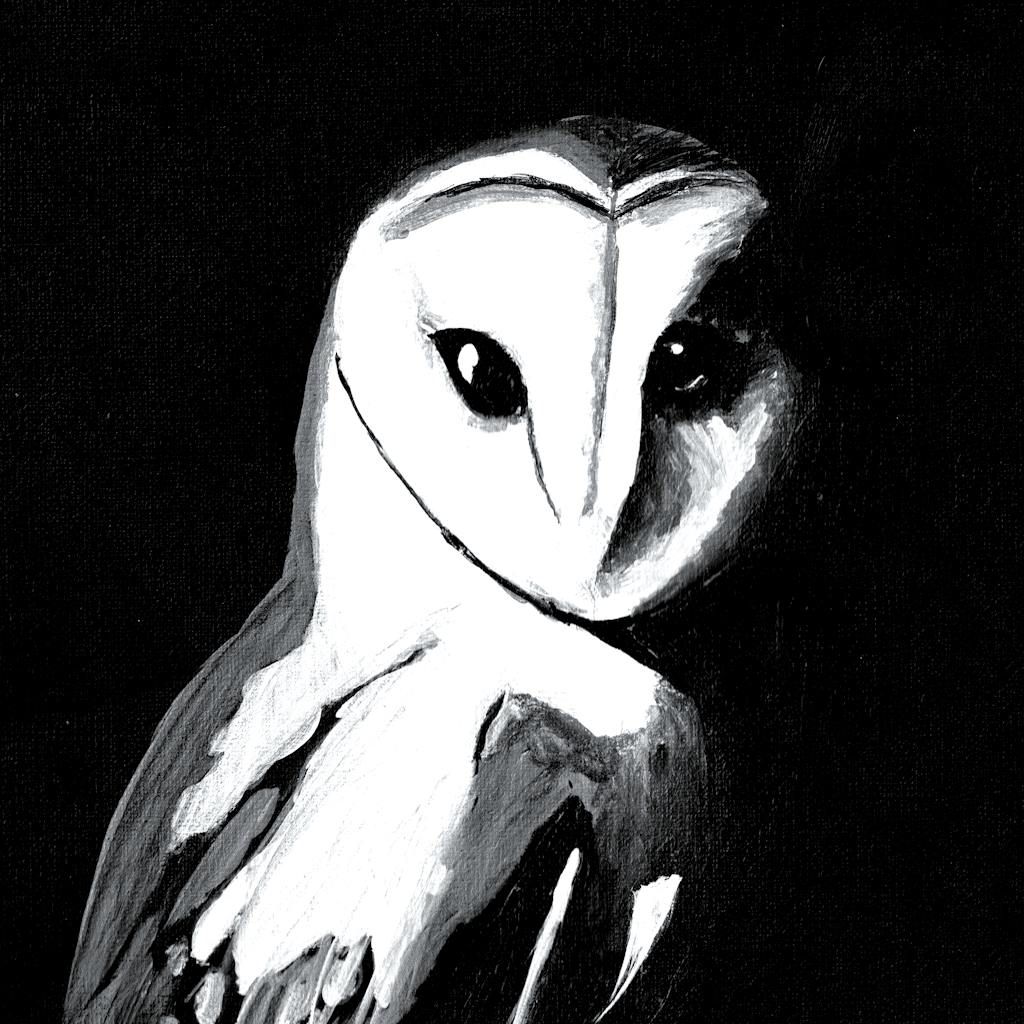Why Paper
The Good, the Bad, and the Awesome
Okay, let's address the elephant in the room. When people see "paper" instead of "canvas," there's often this little pause. This moment of "oh... it's not on canvas."
And I get it. We're conditioned to think canvas = serious art, paper = sketch or study. But here's what I discovered when I started working on paper: sometimes the "lesser" choice turns out to be the perfect choice.
It Started as Curiosity (Again)
I was experimenting with black and white, trying different surfaces, when I picked up this piece of A3 acrylic paper. 350 GSM, designed specifically for wet painting techniques. And something just... clicked.
Not because it was easier (though let's be honest, it doesn't hurt that I can travel with a stack of papers easier than canvases). But because of what it did to the work itself.
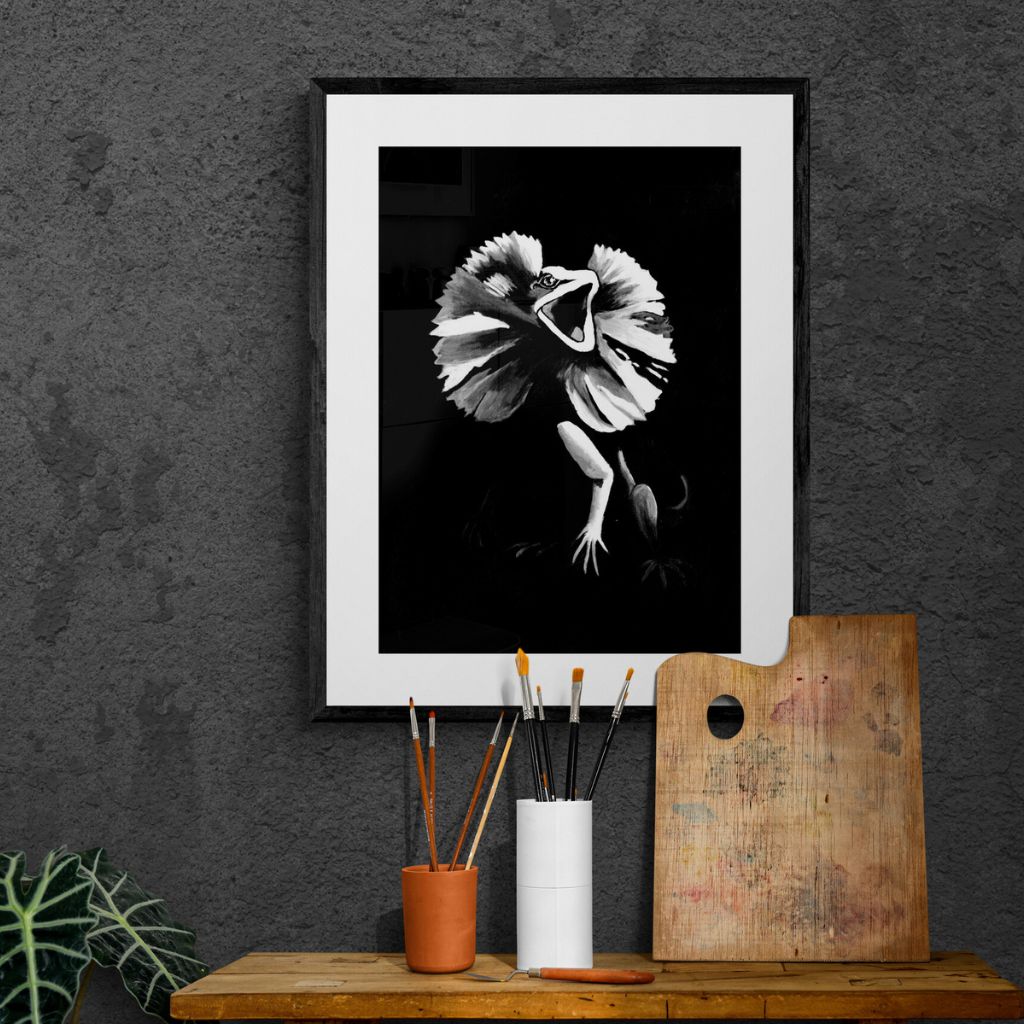
The Intimacy Factor
Here's what nobody tells you about A3: it forces intimacy. When you're working on a smaller surface, every mark matters. Every decision about where light lives and where shadow falls becomes critical.
You can't hide behind size when you're working small. (Well reasonably small, that's the cool thing about A3 small but not to small, kind of a awesome middle ground).
The Beautiful Constraint
Working on A3 when you're used to larger surfaces is like writing poetry after writing novels. Suddenly every word has to earn its place.
I found myself making bolder choices, more decisive marks. No room for wishy-washy "I'll fix it later" thinking. The constraint didn't limit me - it focused me, it made be feel the blackness and negative space and have fun with it. Sometimes having less space forces you to say more.
So does this mean I will never go back to canvas or other mediums, not of course not but like everything you try as an artist some grab you and others don't. And paper and this size has grabbed my attention (for now).
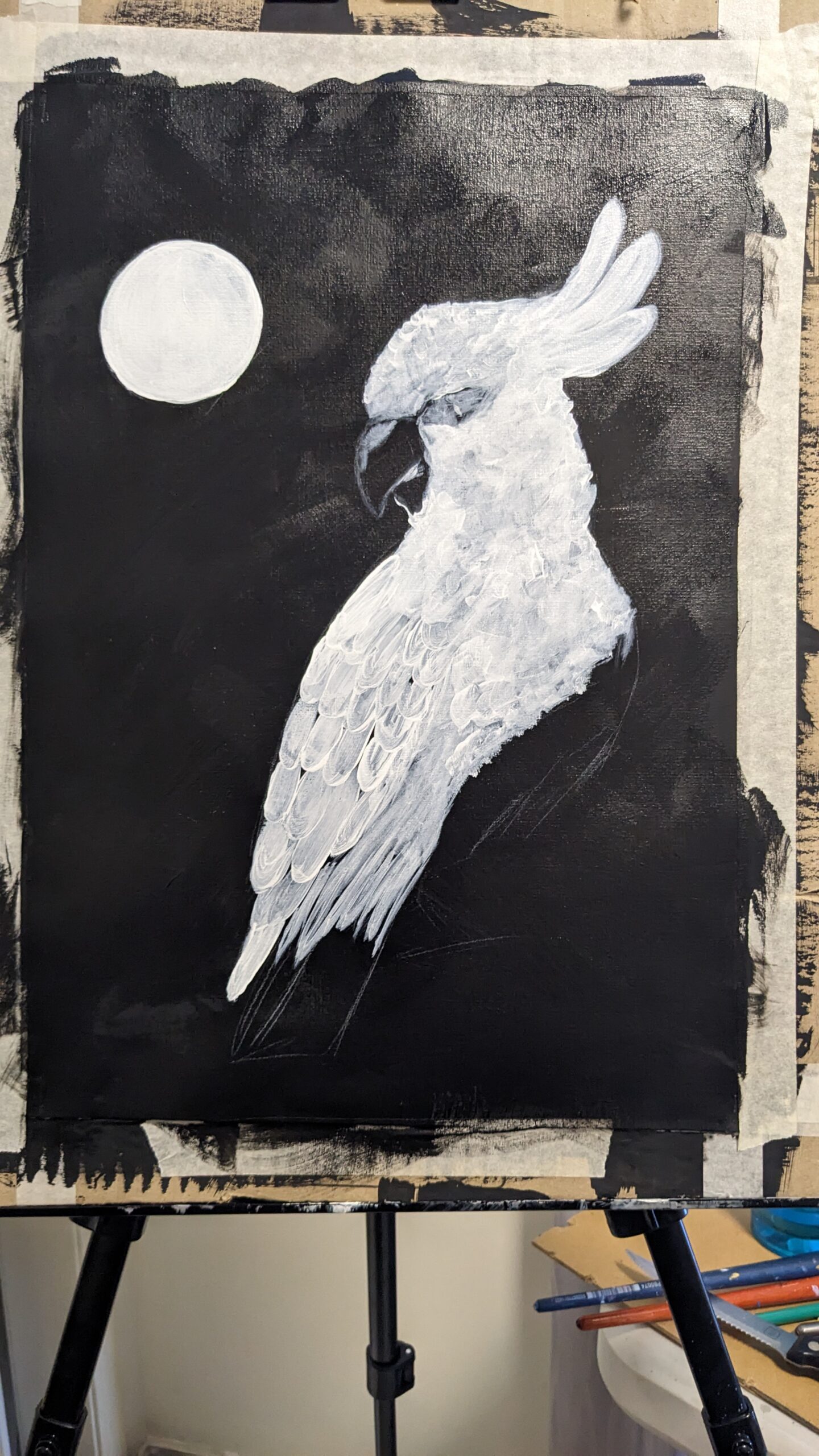
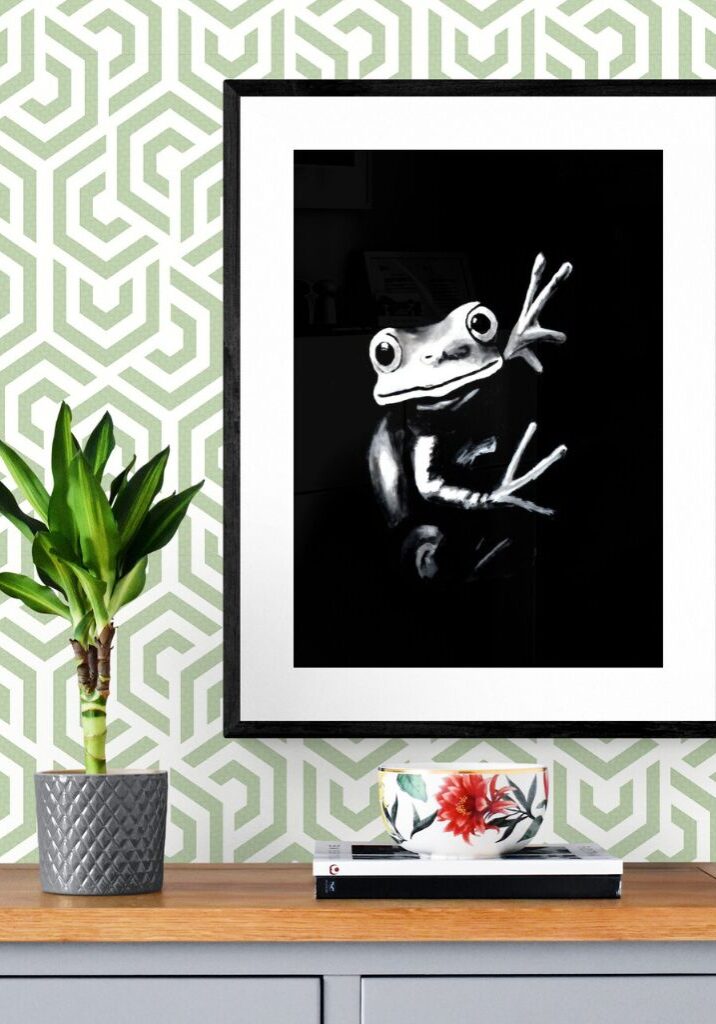
What Happens When You Frame It
Here's where it gets interesting: when you float an A3 piece in an A2 frame with double matting, something magical happens. All that white space and sometimes grey or black depending on the artworks needs) around the artwork doesn't feel empty - it feels intentional.
Breathing room. Like the piece has its own personal gallery space.
The matting creates this border between your world and the artwork's world. It's not trying to take over your wall - it's offering you a window into something more intimate.
How We Complete the Artwork
When you buy one of these my original pieces, you're not getting just the artwork - you're getting the complete vision. We mount each piece on quality A3 backing, then float it in an A2 frame with double matting and UV-protective Perspex.
Because we know how beautiful this piece should look in your space.
This isn't about justifying the paper choice - it's about honoring both the artwork and your investment. Every piece arrives gallery-ready, protected, and presented exactly as it was meant to be seen. No wondering about framing choices or hunting for the right matting. Just art, ready to live in your world.
The Durability Thing
(Because People Ask)
Let's be practical for a second: acid-free, archival-quality acrylic paper isn't some flimsy compromise. This stuff is designed to last. The same conservation standards as any piece of quality art, just in a different format.
Your investment isn't somehow less or more because it's on paper. It's just... different.
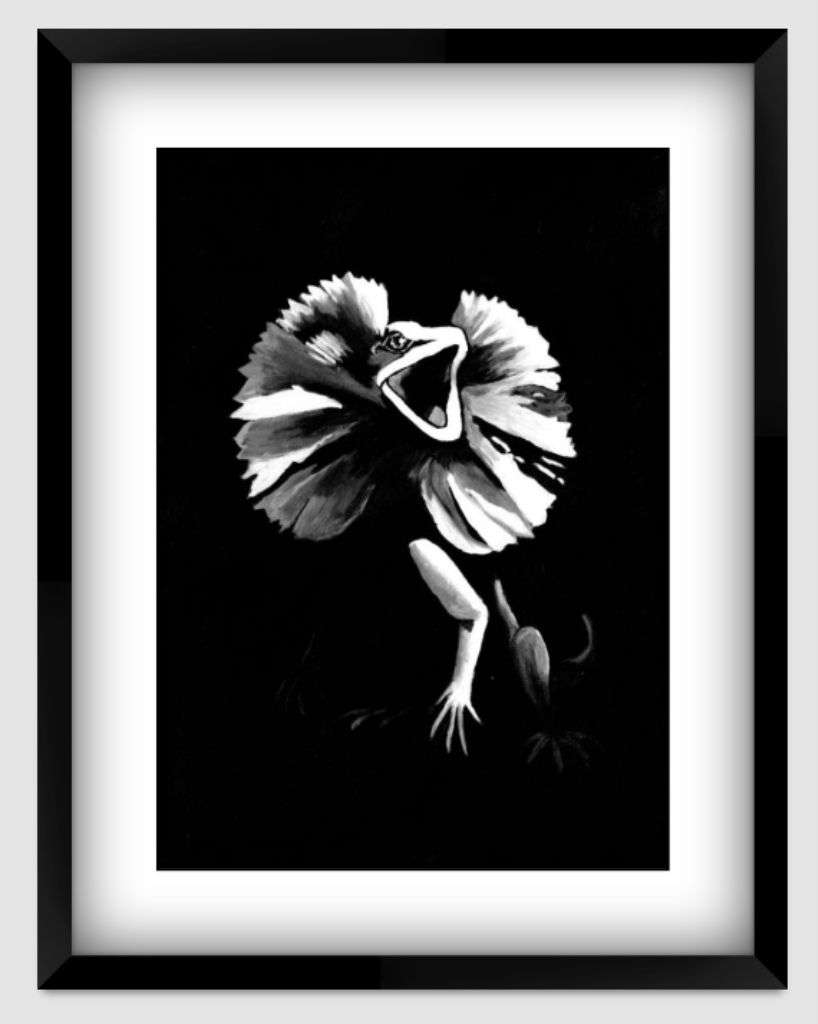
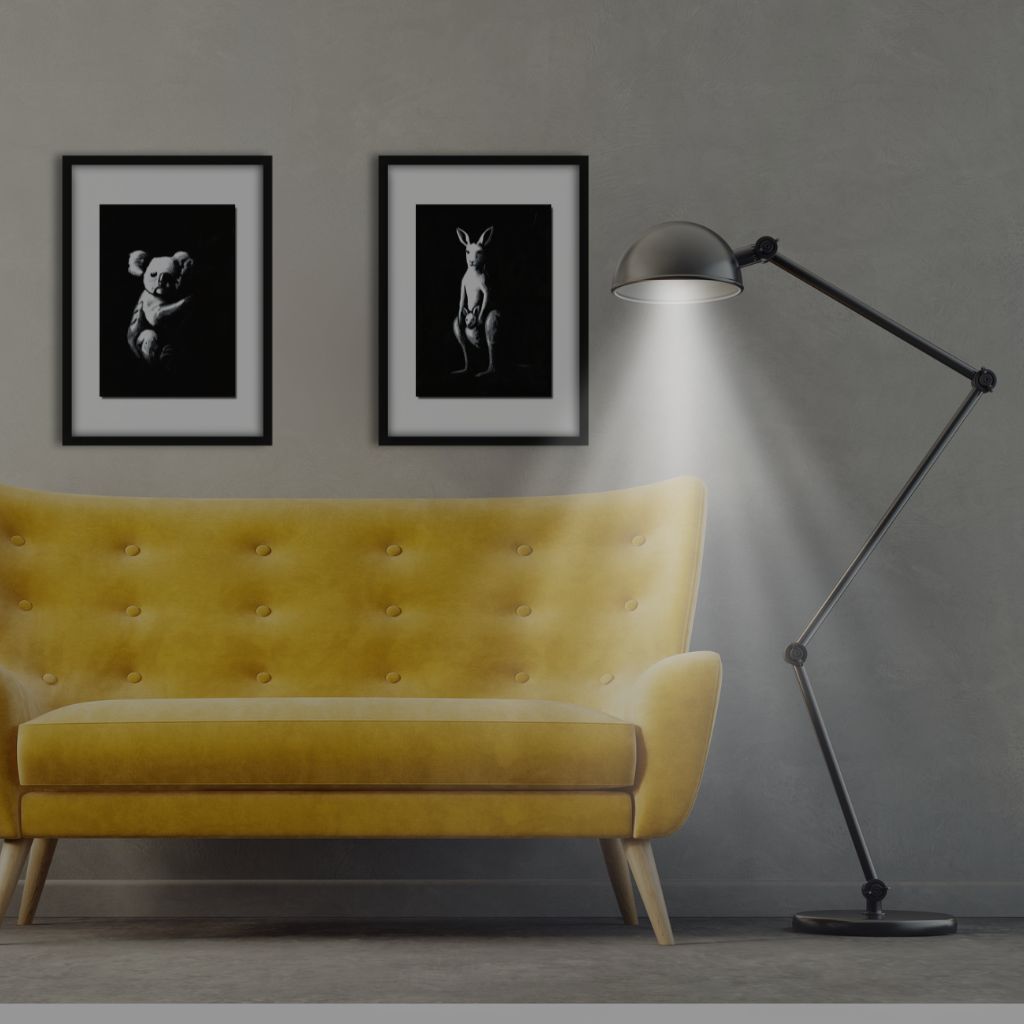
The Question Asked?
The question isn't "why not canvas, why not bigger, why not smaller?" The question is "what does this choice bring to the art?"
And for my black and white work, paper brings intimacy.
Focus. A texture that plays beautifully with how I build light from darkness.
A size that demands every mark be intentional.
Sometimes the "unconventional" choice turns out to be exactly what the work needs.
Sometimes the best discoveries come from trying the something new and discovering it more that you every imagined. Paper taught me that.




